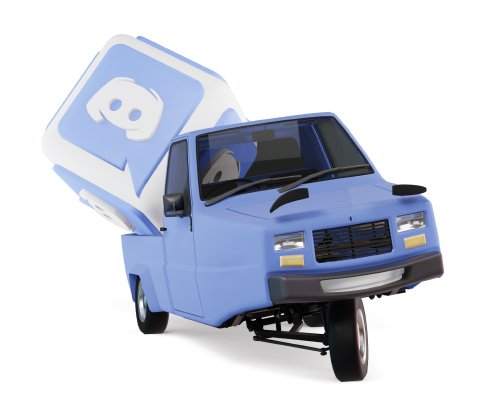
Any further questions?
Join our discordOur documentation is currently incomplete and undergoing active development. If you have any questions or feedback, please visit this forum thread.
Slidenodes are nodes that move along predefined rails. Common applications include steering racks and some suspension components like macpherson struts.
Slidenodes need to have a node and rail already created to work, as they refer to both. Keep in mind that the node needs to be precisely aligned with the rail, otherwise you might experience issues as the node aligns itself on spawn.
"slidenodes": [
["id:", "railName", "attached", "fixToRail", "tolerance", "spring", "strength", "capStrength"],
["nodename", "Rail1", true, true, 0, 10000000, 100000000, 345435],
],
Rails are the tracks for slidenodes. They consist of one or multiple sections that are defined using nodes.
A rail can consist of multiple segments, and those segments do not have to be in a straight line.
"rails": {
"Rail1":{"links:":["node1", "node2", "node3", "node4"], "looped":false, "capped":true}
},
"links:":["node1", "node2"],
"links:":["node1", "node2", "node3", "node4"],
A typical example of rail and slidenode usage is the steering rack.
"rails": {
"steeringrack":{
"links:":["fh6r", "fh6l"], "broken:":[], "looped":false, "capped":true,
},
},
"slidenodes": [
["id:", "railName", "attached", "fixToRail", "tolerance", "spring", "strength", "capStrength"],
["st1r", "steeringrack", true, true, 0.0, 18001000, "FLT_MAX", "FLT_MAX"],
["st1l", "steeringrack", true, true, 0.0, 18001000, "FLT_MAX", "FLT_MAX"],
],
Was this article helpful?
